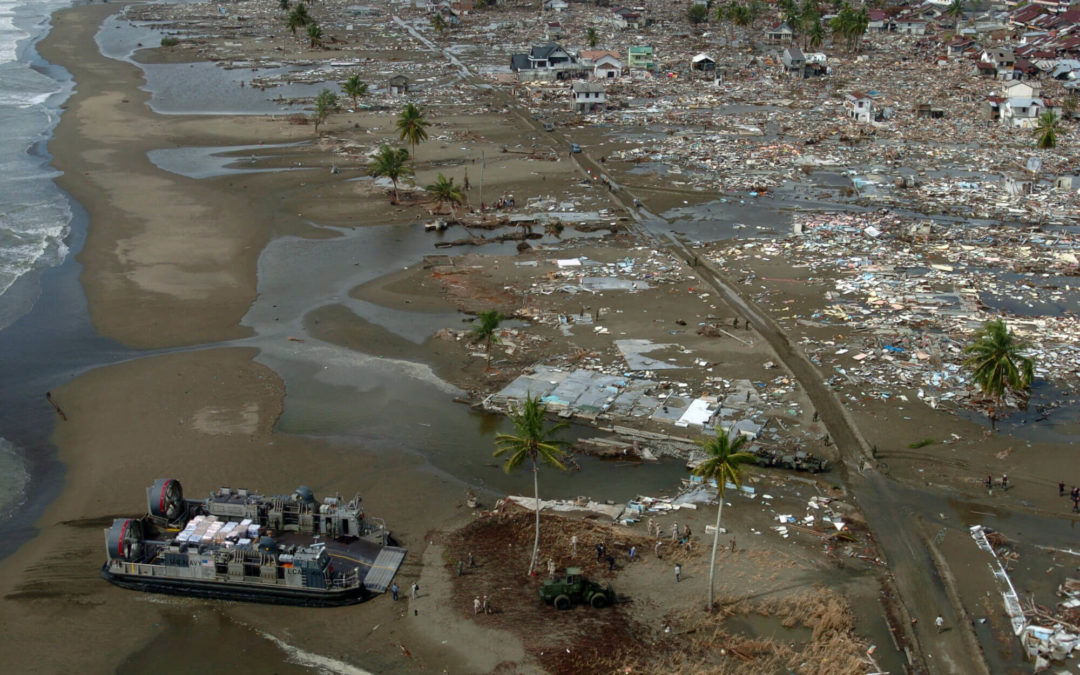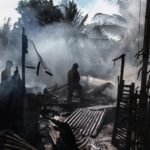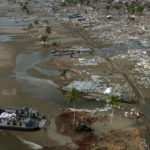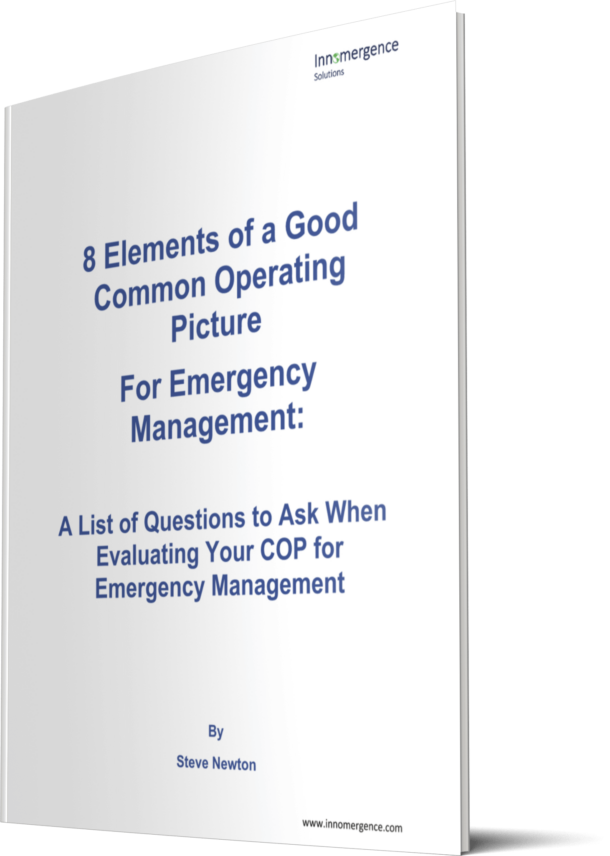Spring of 2017
The 2017 spring freshet in British Columbia, Canada saw record breaking water levels on the Okanagan Lake, which impacted thousands of properties along the water front. The local government EOC deployed over 2 million sandbags into the Central Okanagan area.
When flood waters began to subside, the EOC submitted a request to the Province for $200,000 to engage contractors to go out in to the field and capture location and volume estimates on all the sandbags that had been placed by the general public.
Provincial government staff suggested engaging the local residents in a crowdsourcing campaign as a lower cost alternative. The EOC launched a localized information campaign in the traditional and social media asking residents to go to their public website and click on a link to connect to a form for data collection. The form design drove the data integrity and provided photos, geo-referenced locations in to a spatial display, and estimates of volume by type. The forms were available to the general public in a device-agnostic environment, which allowed allow types of mobile devices to be used for data collection.
This form was developed and operationalized in a popular data aggregation software tool, and the entire process from concept to live data collection was approximately 72 hours. The technology enabled this rapid development and deployment, resulting in over 400 quality trusted data points coming back in to the EOC which allowed them to plan and engage the logistics behind recovering all the sandbags much quicker than if they had engaged an army of contractors.
The Province was already engaged in a trial project with the software provider under a federally funded program, so the total cost for the campaign was less than $200 for some of the localized traditional media advertising.
This is an example of where the smart application of enabling technologies can have significant cost and time saving implications.





